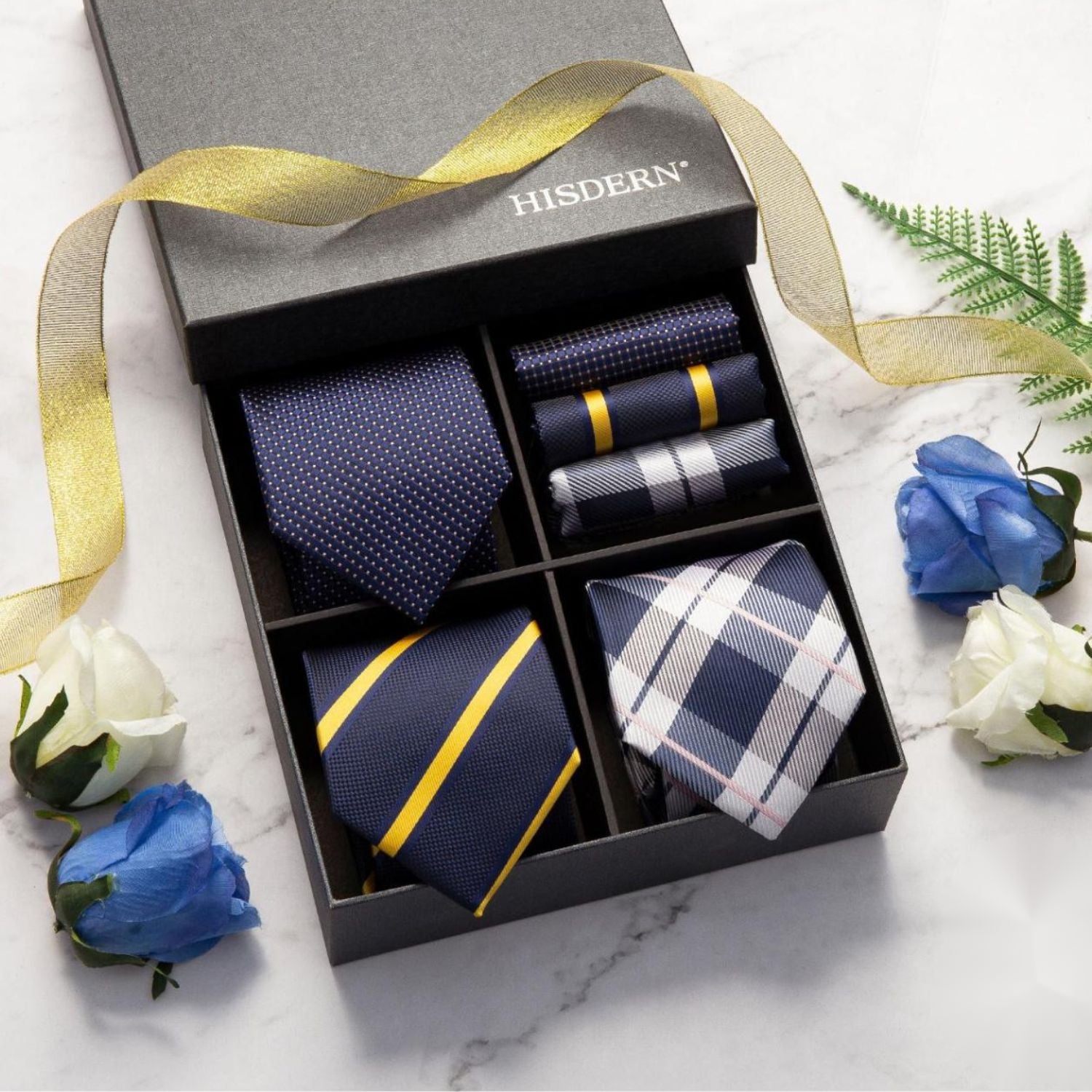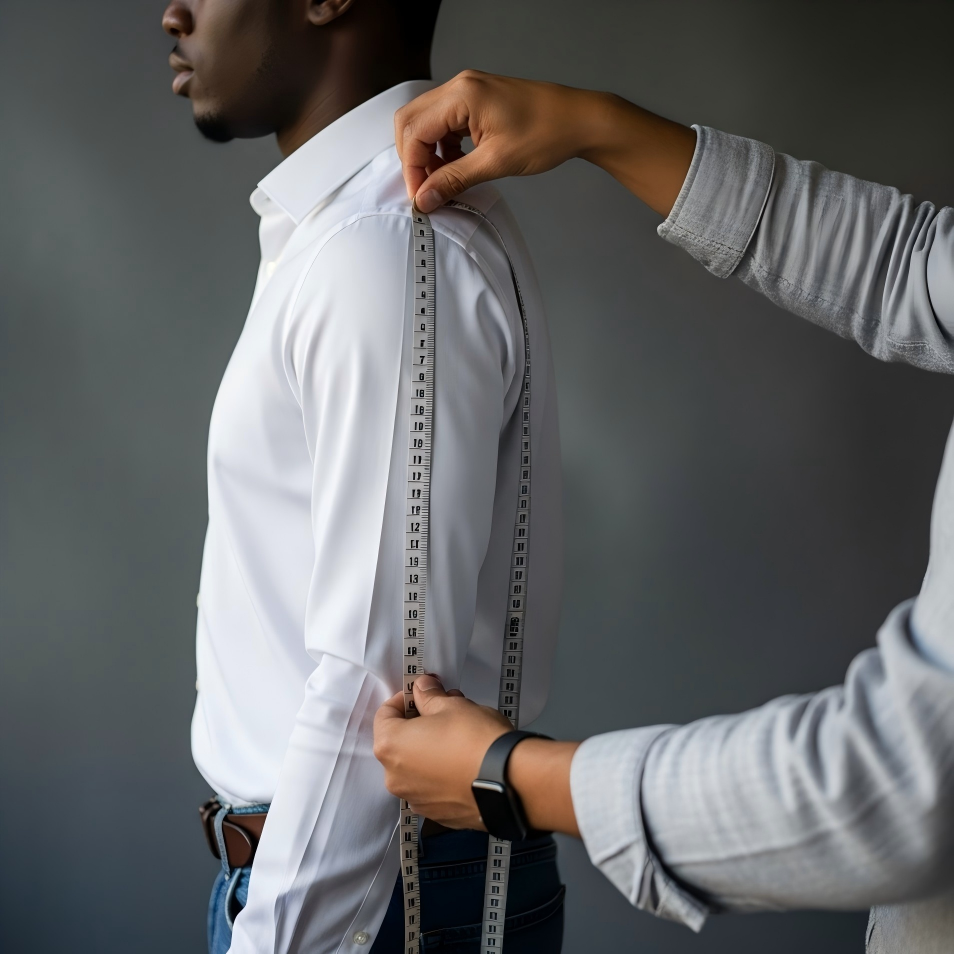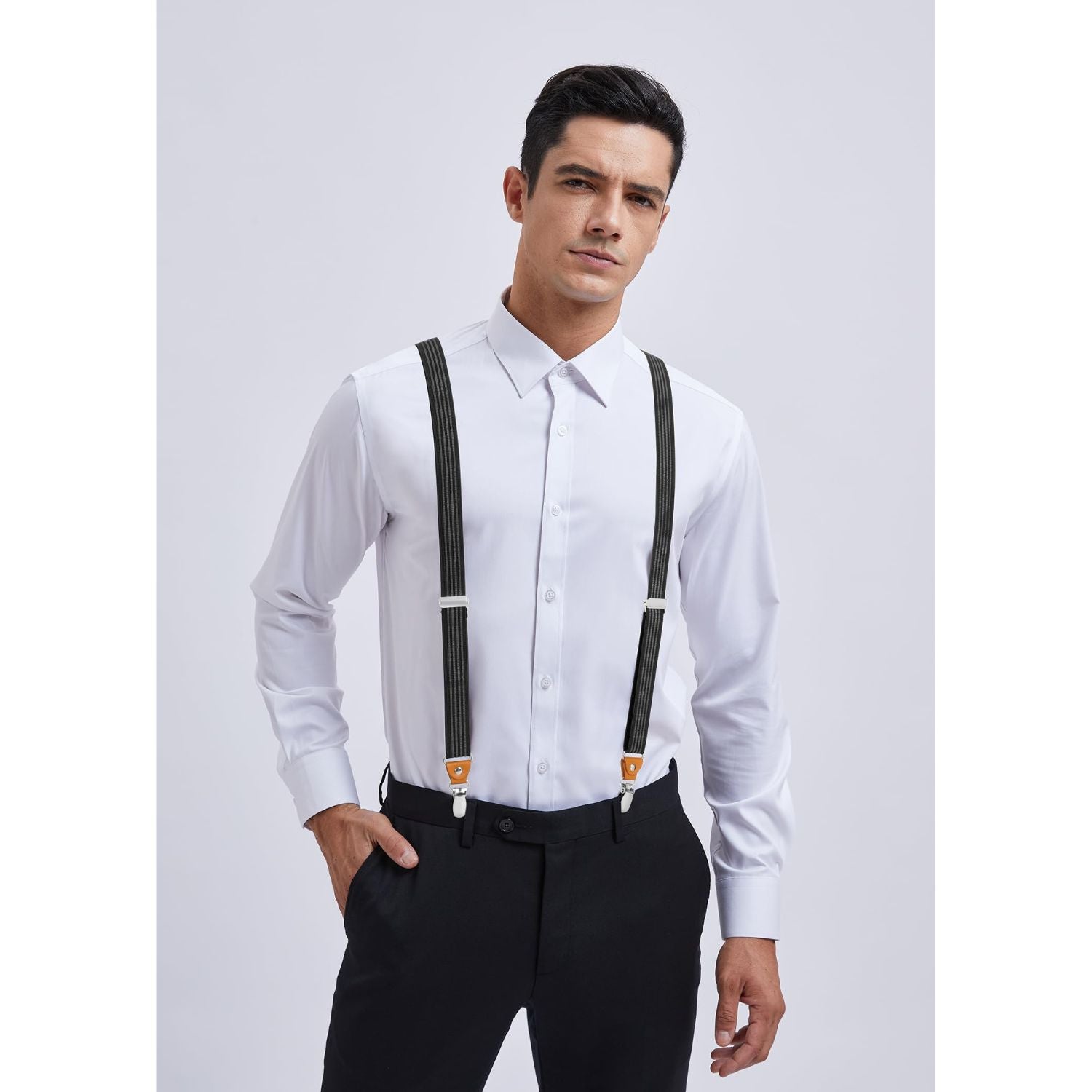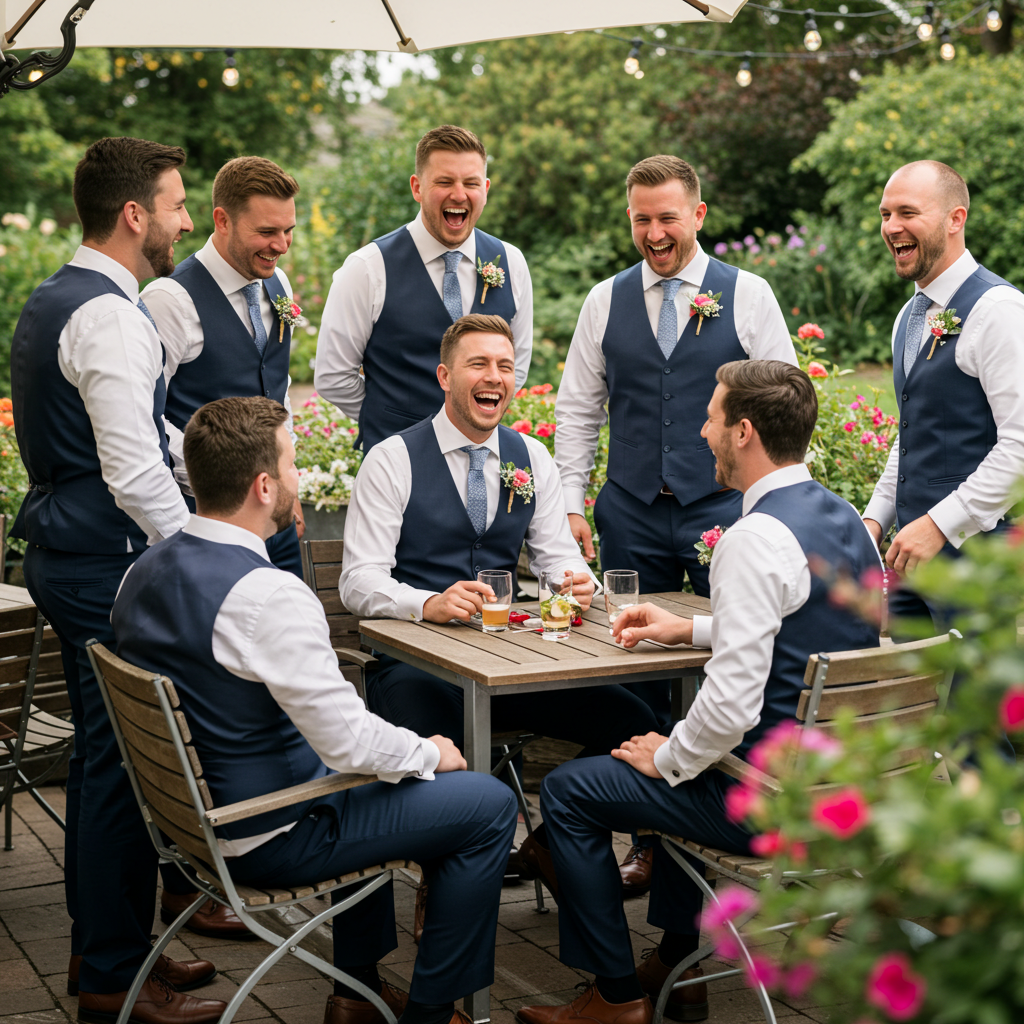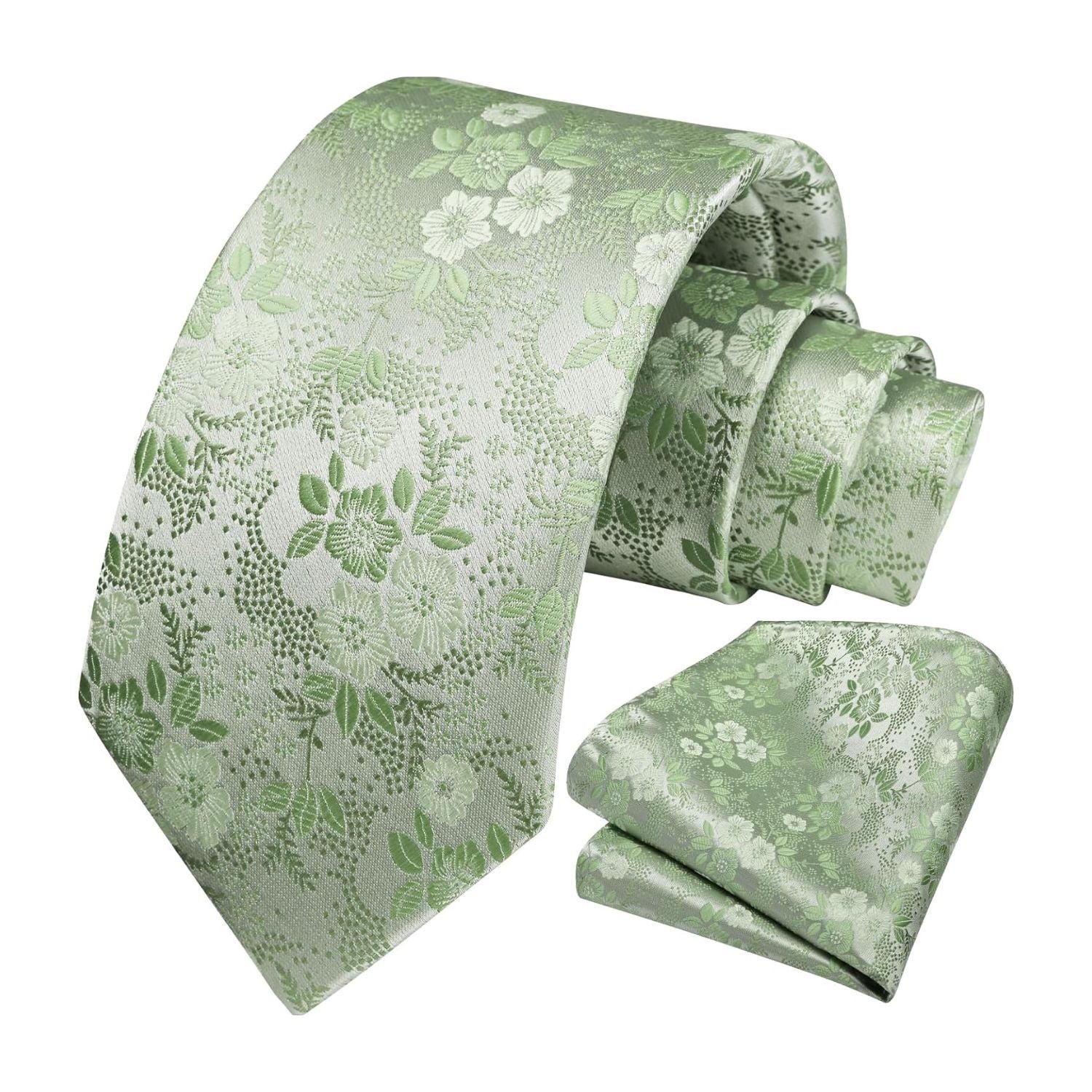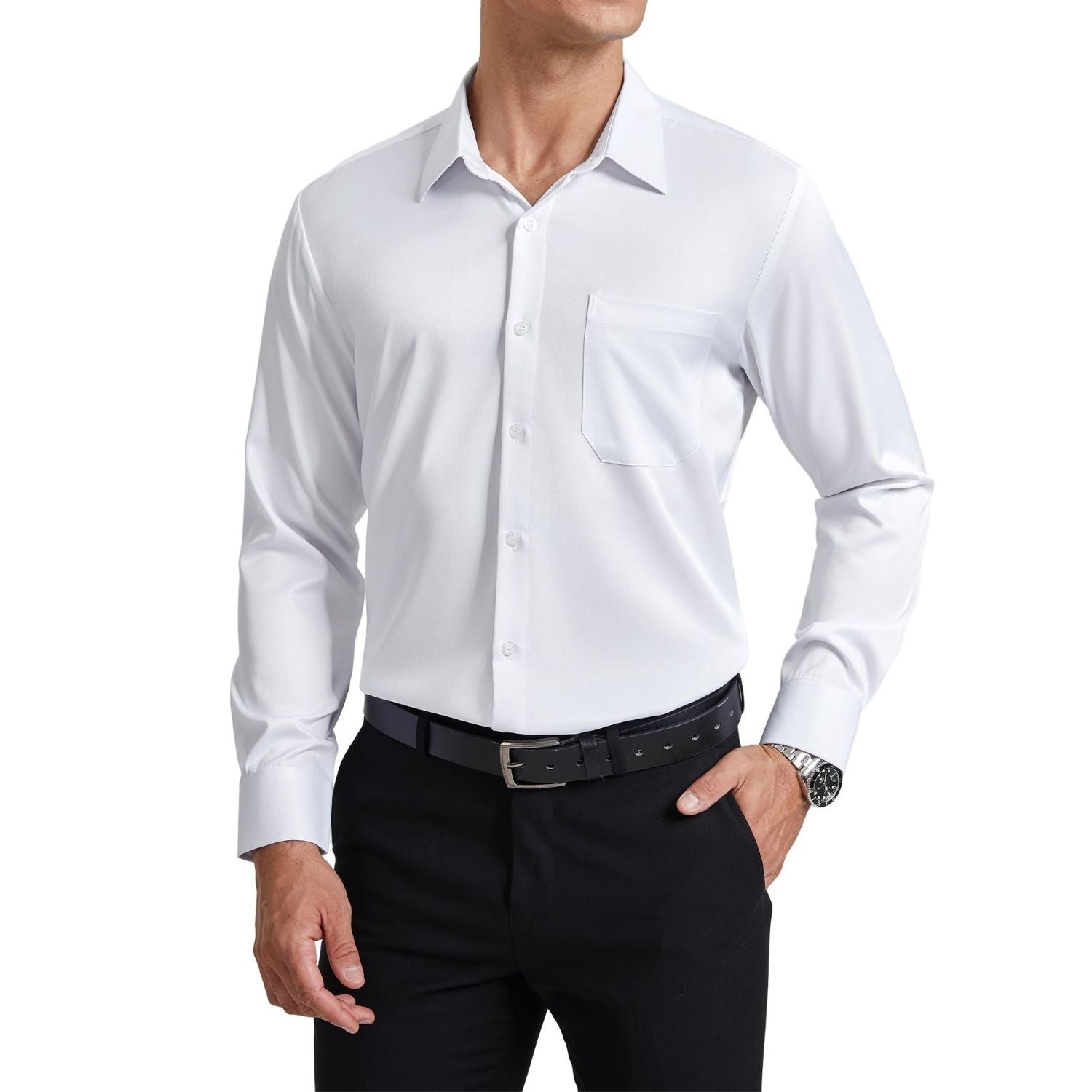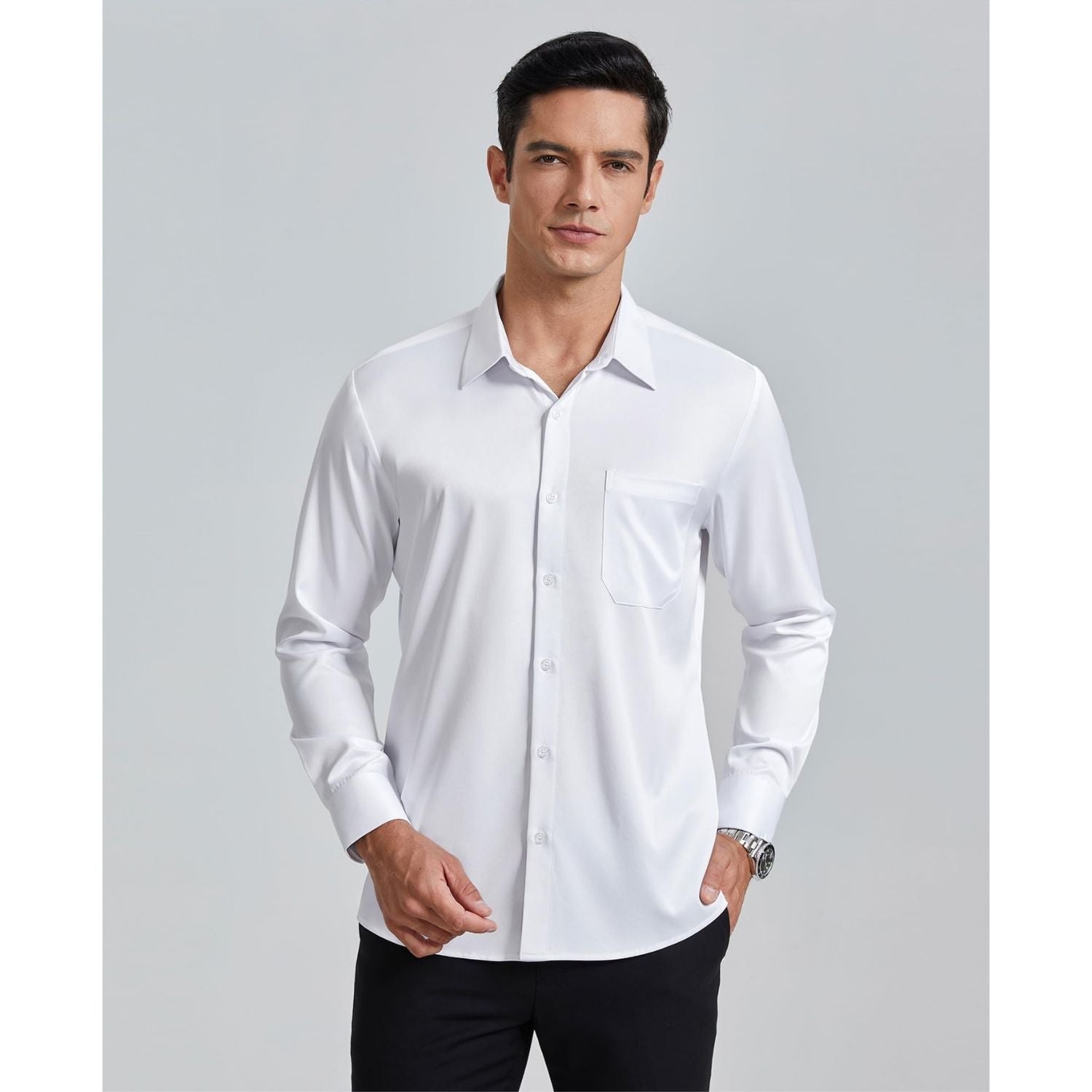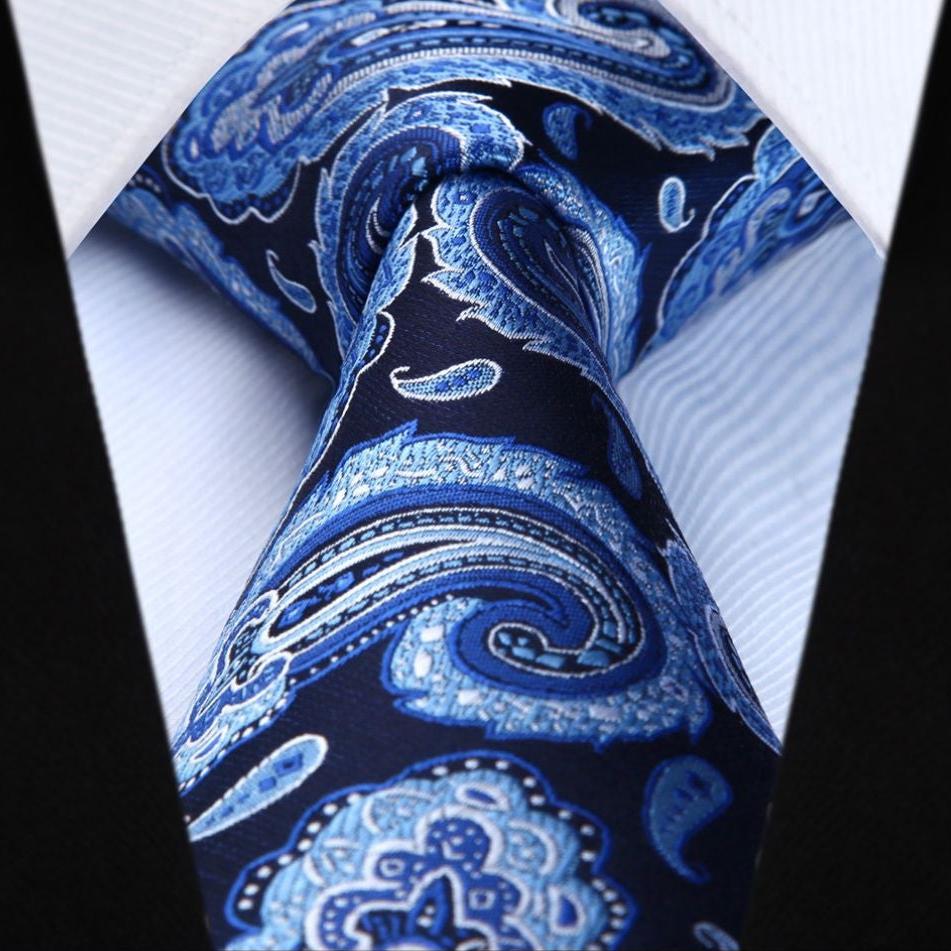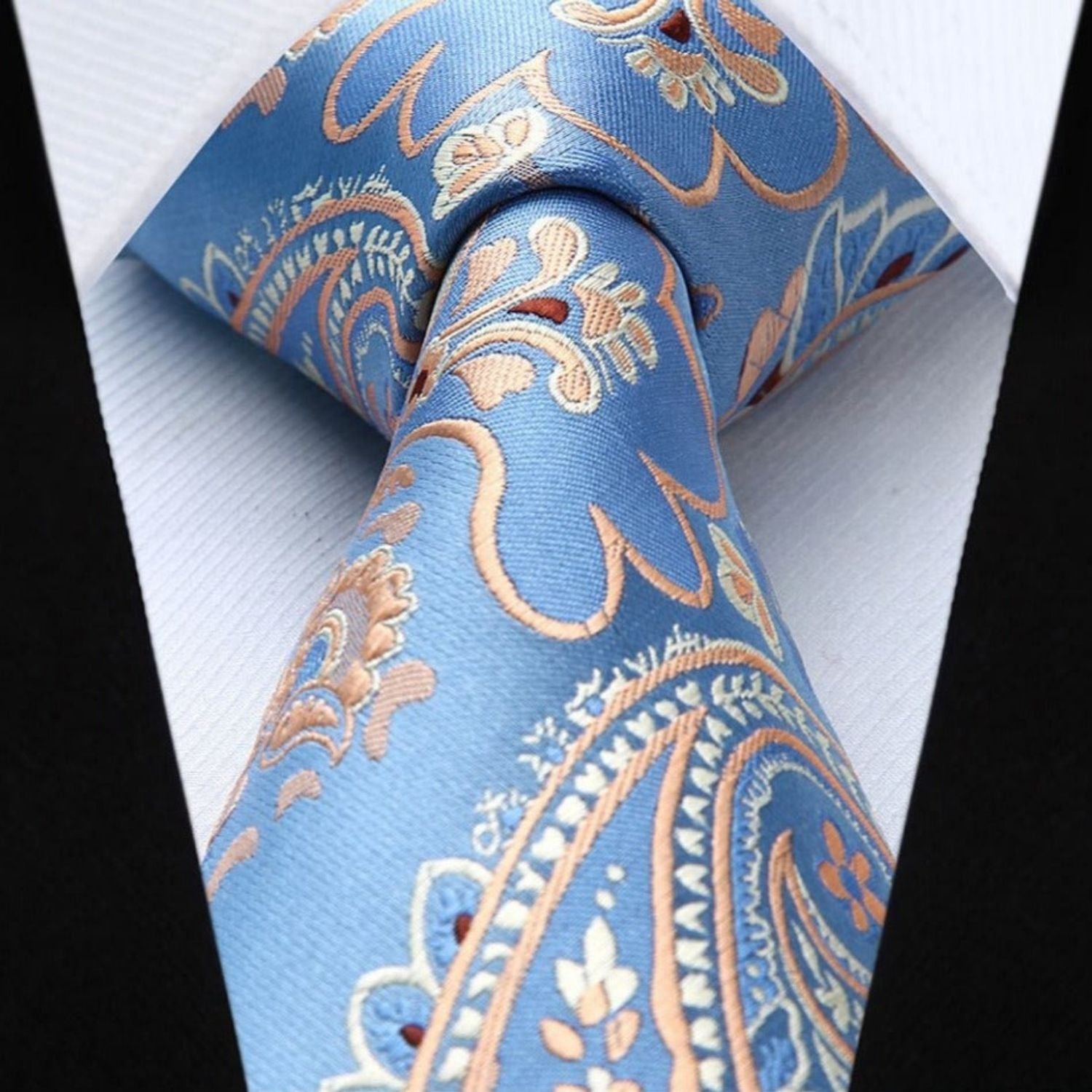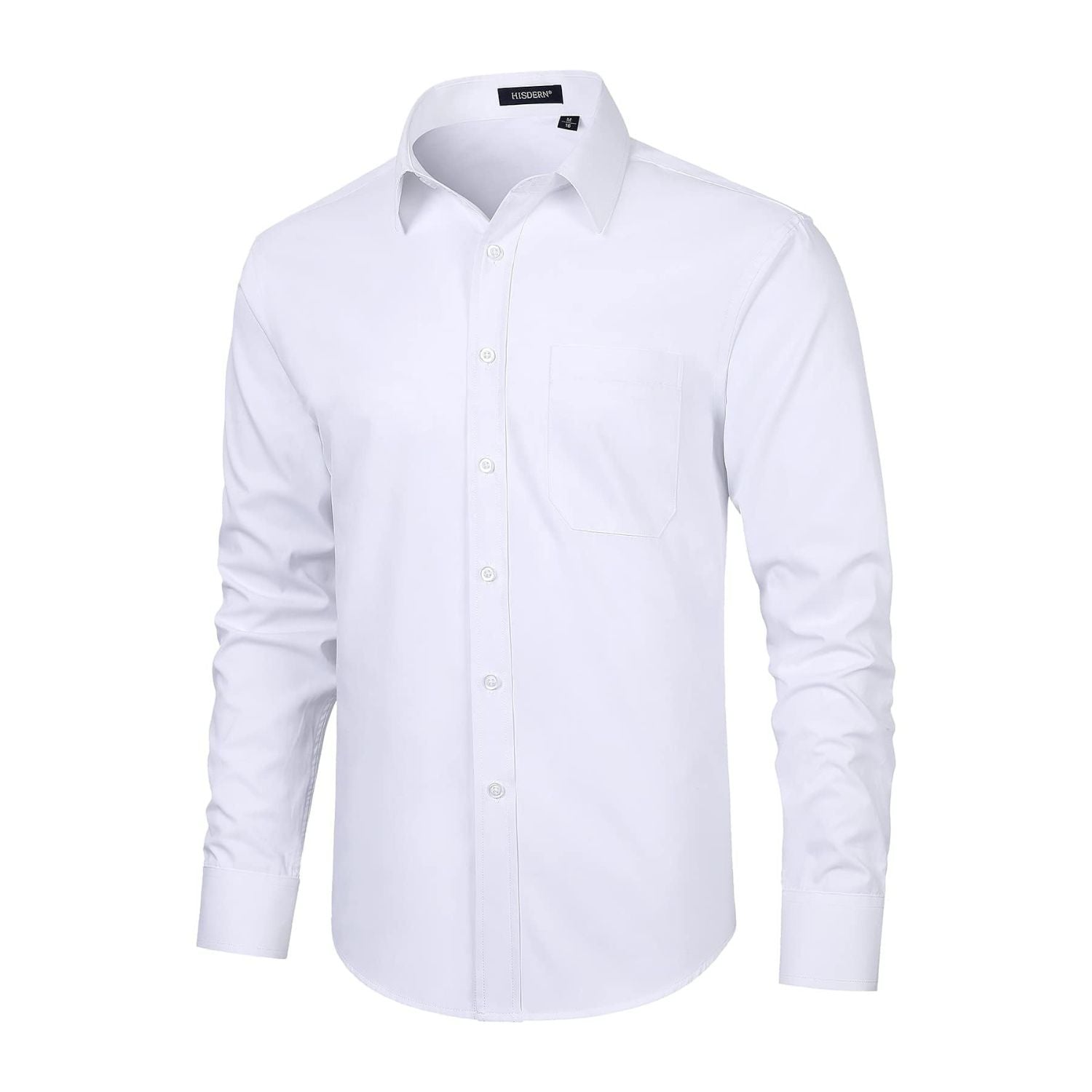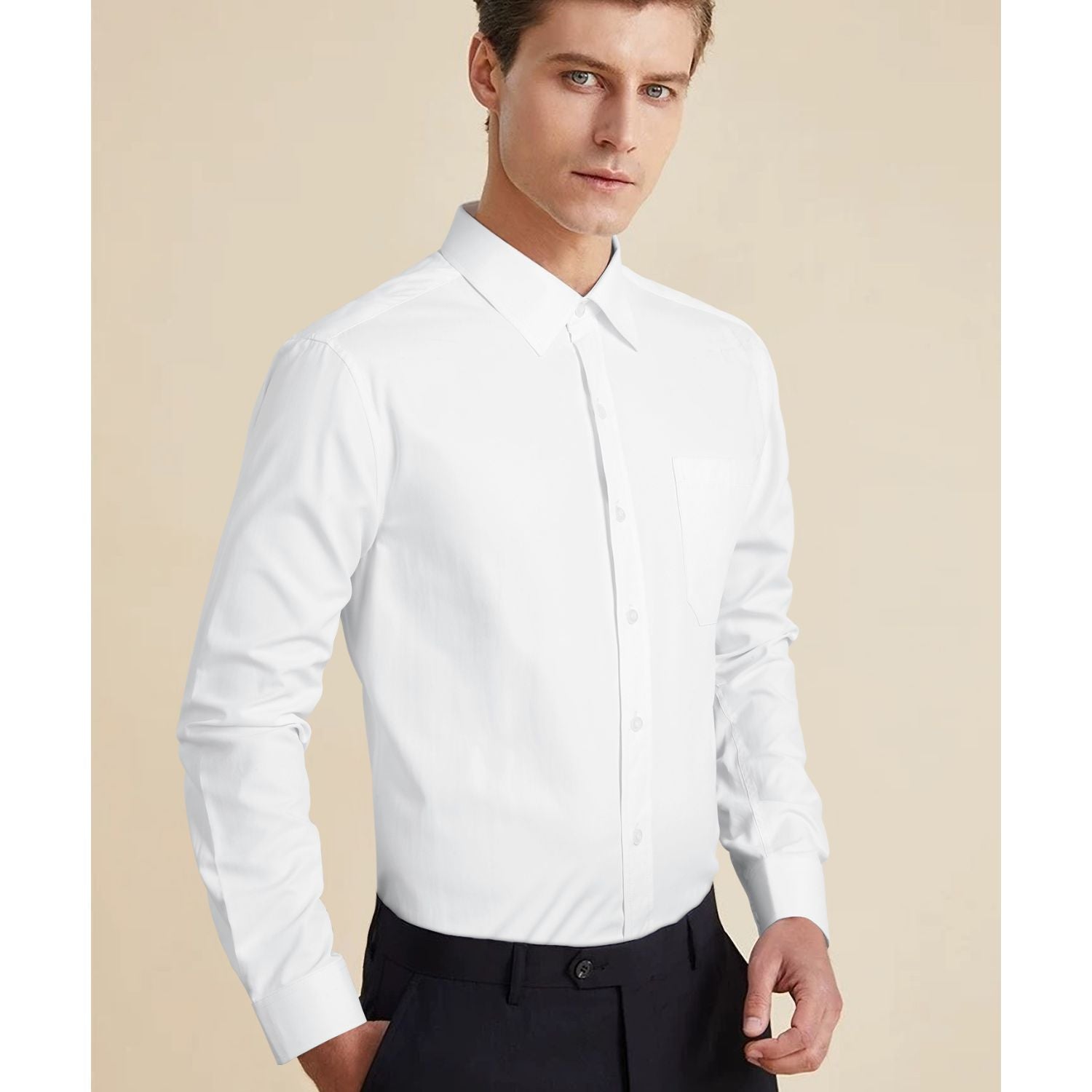Herringbone: a Fun Pattern That Never Goes out of Style

In this article, we'll take a closer look at the herringbone and answer a few questions, including:
What is a chevron? (Why do they call it a chevron?)
What is the difference between a chevron and a chevron?
What is the history of the herringbone pattern?
What material is herringbone fabric made of?
What is a herringbone pattern?
First, let’s clearly define what a herringbone pattern looks like. Herringbone cloth is so named because the pattern resembles the skeleton of a herring.

The fish bones are arranged in a herringbone pattern, with the bones intersecting at diagonal angles to create a unique zigzag pattern. The herringbone weave pattern reflects this arrangement, with rows of slanted parallel lines intersecting to create a visually striking pattern.
Herringbone and Chevron
Some people suggest "V" as another name for herringbone fabric, but this is incorrect. While both have great geometric appeal characterized by a series of V-shapes or parallel lines, the herringbone is considered more dignified, refined, sophisticated and refined.
Interlocking and Parallel Lines
In a herringbone pattern, lines are arranged in a staggered, interlocking pattern, often intersecting at a 45-degree angle.In contrast, the V shape is characterized by parallel lines intersecting at one point, forming a continuous, uninterrupted line with angles ranging from 60 to 90 degrees.

Visual Effect
Herringbone patterns, due to their interlocking arrangement, tend to create a more subtle and textured look, evoking a sense of depth and dimensionality.On the other hand, the parallel lines of a chevron pattern create a bolder, more graphic effect, emphasizing sharp angles and clean lines.
Symbolism
The chevron is often associated with craftsmanship, tradition and heritage. It is more cerebral in nature, requiring knowledge and thoughtful technique.The V shape is much simpler and more straightforward. Regular, predictable patterns provide more movement, which can be interpreted as playful, whimsical, or even childish.

The History of the Chevron
Now that we're on the same page about what herringbone is and isn't, let's take a look at the history of this pattern.Because the chevron pattern has ancient roots, it's difficult to determine who invented the chevron pattern. The earliest examples of the herringbone pattern may be found in ancient Egyptian artifacts, where it decorated clothing and linen. Woven patterns are favored for their durability and beauty.
Evidence of the herringbone pattern can be seen in clothing and artifacts throughout the Roman Empire, but most prominently in their engineering feats, architecture, and artifacts. The unique arrangement of the herringbone pattern allowed (and still does!) to evenly distribute weight and enhance stability. It is the first choice for certain construction projects where durability is critical, such as roads, bridges and walls.

It was during the early Middle Ages that the herringbone pattern gained prominence in Europe. The pattern's popularity soared during the Renaissance between the 14th and 17th centuries when it was often woven into the fabric of clothing worn by nobles and nobles. It adds a sense of luxury and sophistication to the garment, reflecting the wearer's wealth and status.
Not surprisingly, the herringbone pattern also found its way into European architecture and design. It was used in a variety of decorative elements such as flooring, brickwork and woodwork, especially in grand palaces, churches and public buildings across Europe.

The Role of Herringbone in the History of Camouflage
In the early 20th century, especially during World War I, herringbone cloth was a popular choice for military uniforms. It was originally adopted by the French army into their uniforms, primarily because of its effectiveness as camouflage in certain environments.The French were one of the first countries to experiment with camouflage patterns to better hide soldiers on the battlefield. This pattern has proven effective at breaking up human silhouettes against natural backgrounds such as forests and fields. This makes it harder for enemy forces to detect soldiers from a distance.

The success of the chevron pattern in French military uniforms inspired other countries to adopt similar camouflage designs. During World War II, several countries, including the United States, Germany, and the United Kingdom, began incorporating chevrons and other camouflage patterns into their military uniforms for practical and tactical purposes.
Since then, chevrons and similar patterns have remained prevalent in military uniforms, particularly among Special Forces and certain combat environments where effective camouflage is crucial.
What Kind of Fabric is Herringbone Pattern?
As we have established, herringbone is not a fabric per se, but a pattern that can be applied to various types of textiles.That said, herringbone fabrics are usually wool – which is ideal because wool has the ability to showcase intricate weaving techniques. Herringbone fabrics are often found in winter suits, coats, and other cold-weather accessories.
Cotton, silk and silk-blend herringbone fabrics offer a lighter, more breathable option for warm-weather shirting, lightweight jackets and fine accessories.
At Hisdern we offer a beautiful range of timeless, reversible 5.5'' herringbone ties. Available in purple, green, blue, gray, each 100% silk necktie is handmade in Italy. Herringbone and Chevron Pattern Necktie Set

